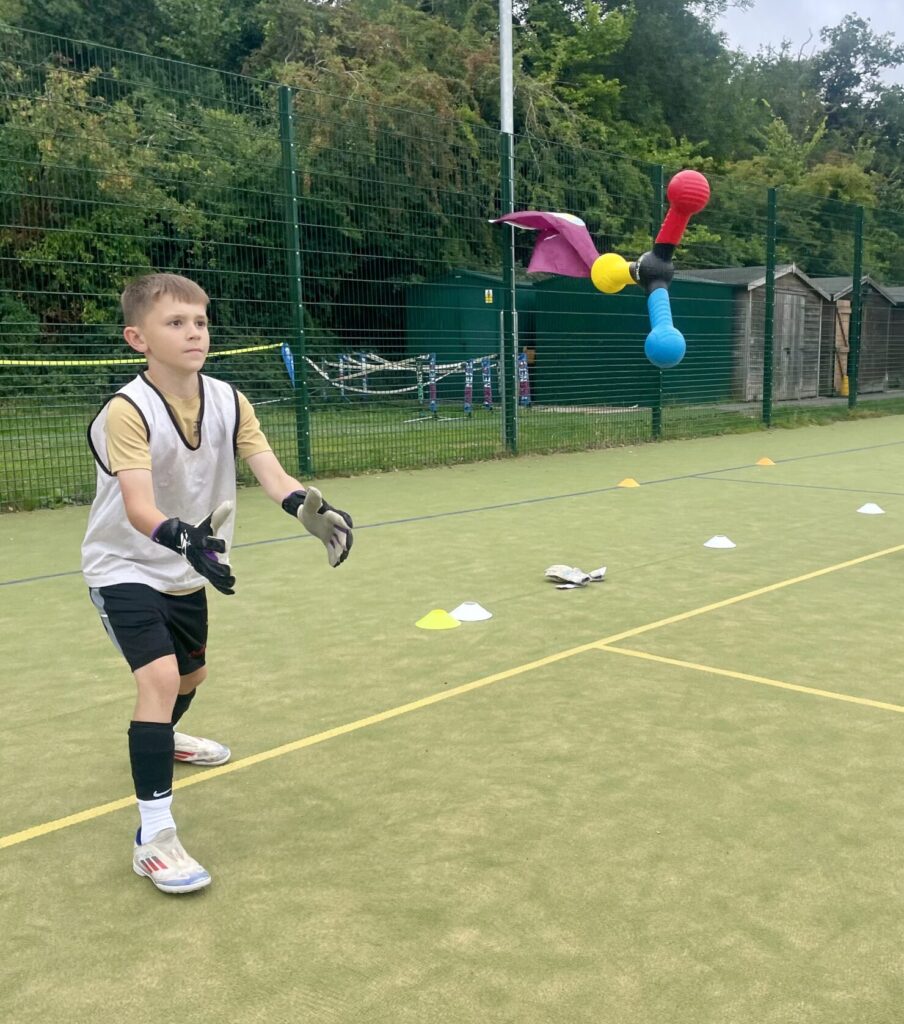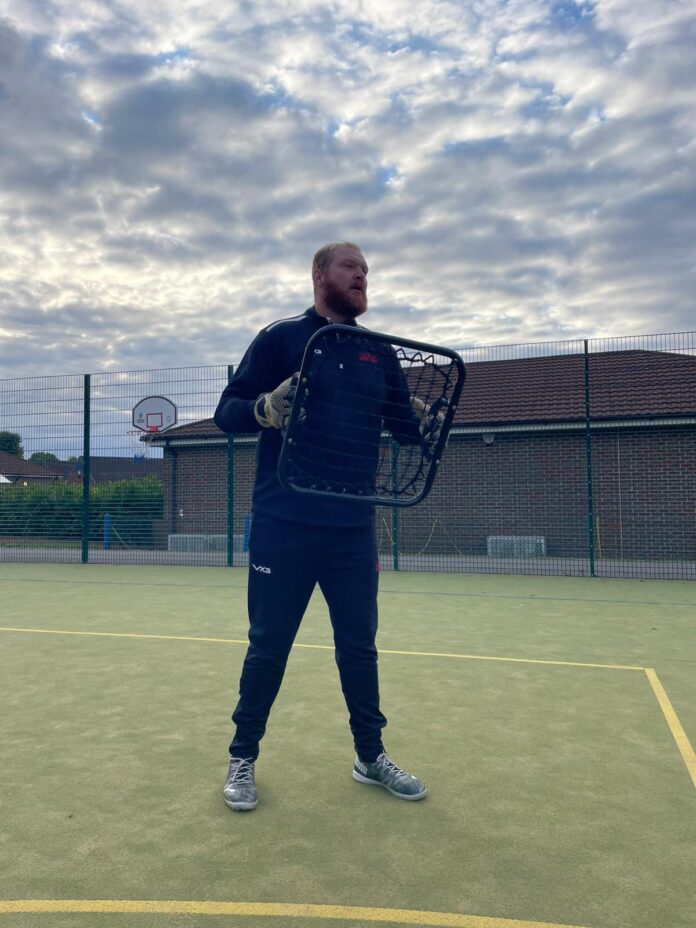(Goal Kicks and Playing Out from the Back)
For many years, the role of the goalkeeper was simple: keep the ball out of the net 🥅 and then get it as far up the pitch as possible ⚽️💨.
But over the past decade, their duties have steadily evolved 🔄. They are now heavily involved in a team’s build-up play 🧩 — drawing in the opposition press ⚔️ and opening space further up the pitch for teammates to exploit 🚀.
⚽️ From Long Passes to Playing Out from the Back
Before the 2019-20 season 📅, a new rule allowing goalkeepers to pass the ball to teammates inside their penalty area 🧱 from goal kicks was introduced (previously, passes were only allowed outside the box).
Since then, goal kicks have become shorter and shorter ↔️, and it’s now common to see two centre-backs 🧍♂️🧍♂️ standing alongside the goalkeeper inside their own area in preparation to build an attack 🧠.
This helps the team play out from the back, which in turn draws an opposition press 🎯 and opens spaces further up the pitch to play through or into 🌄.
⚖️ Risk vs Reward – Why Do Teams Mostly Play It Short?
When a goalkeeper hits the ball long 🦵, success depends heavily on teammates winning the second ball 🎯, otherwise possession is quickly conceded 🔁.
Playing out from the back means the team keeps control of the ball 🕹️, but there’s more of the pitch to cover 🌍 and more opponents to play through 🧱.
Playing short draws the opponent towards the defenders 👣, which in turn creates space behind them 🕳️.
If the attacking team can exploit that space effectively 💡, they can quickly progress up the pitch ⚡️, with their opponents out of shape 🌀, and create a chance on goal 🎯.
While going long is less common these days ⏳, it’s still a valuable option 🧭 — especially if the opposition press is strong or has been drawn high up the field, leaving gaps at the back 🚪.
🔑 Conclusion
Whether playing short or going long, the goalkeeper’s role is now more crucial than ever 🧠🔥 to gaining a tactical edge in modern football.



